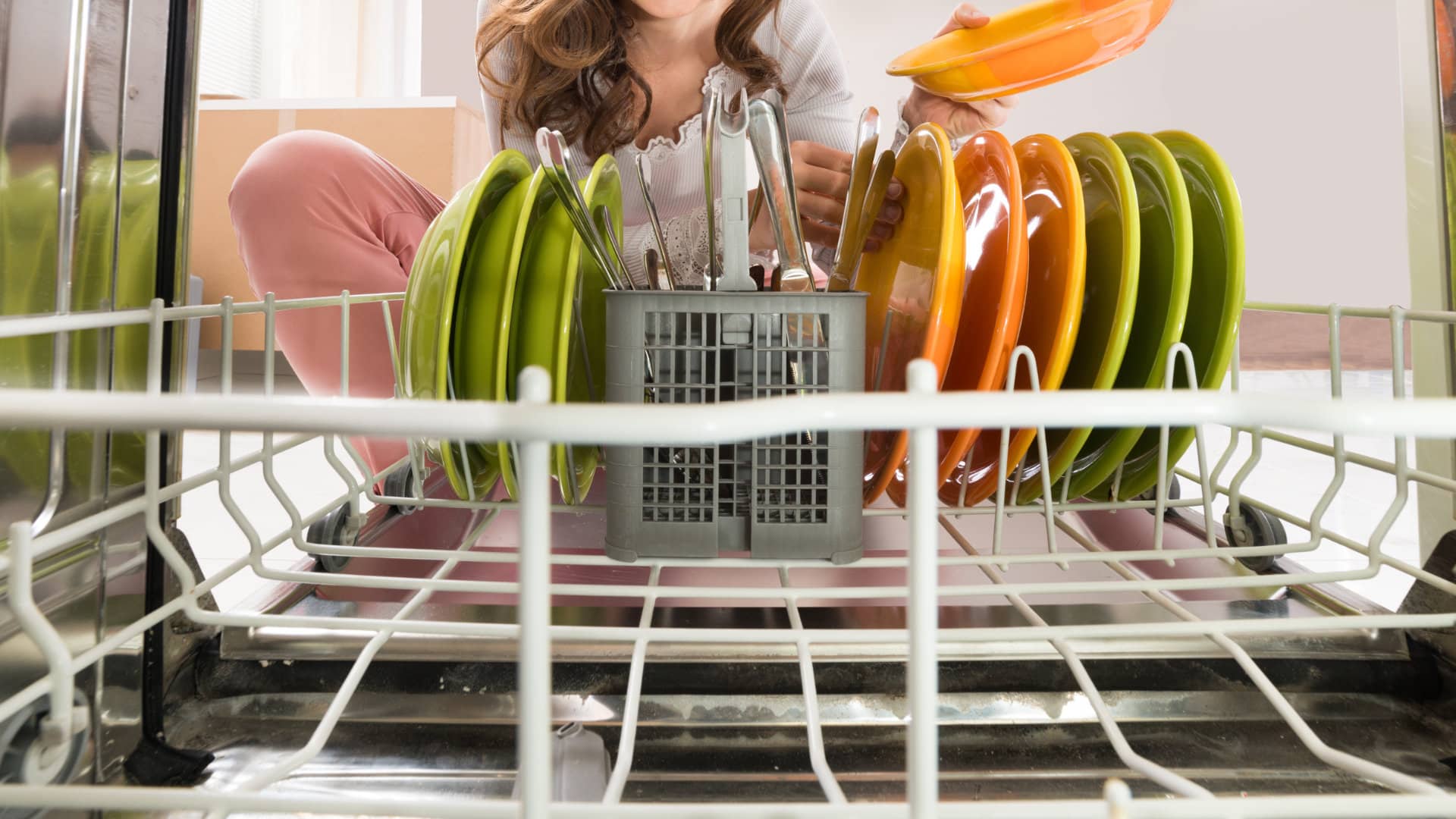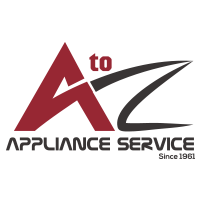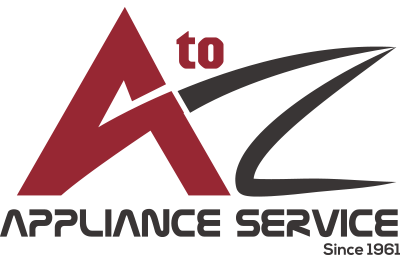
Is your LG dryer flashing a D80 error code? If you’re not familiar with this error code it can be mystifying to fix.
This error usually indicates poor ventilation or clogged ductwork that restricts airflow to your dryer.
This quick article will help you understand exactly what the LG Dryer D80 error code means and how to fix it.
What is the LG Dryer D80 Error Code?
The LG Dryer D80 error code is a vent error code that indicates an issue with restricted airflow in your dryer. The dryer’s internal sensors can detect if there is a problem with the venting or ductwork system, which can pose a fire risk or cause damage to the dryer’s heating system.
The D80 error code is usually a warning that the dryer’s temperature is getting too high or too hot, which can be dangerous. The D80 code also acts as a reminder that it is time to clean the ductwork.
The D80 code is part of a family of codes, including the D80, D85, and D90 codes. The letter indicates an issue with the duct, while the number indicates how full the duct is as a percentage. So D80 = 80% full, D85 = 85% full, and D90 = 90% full.
What Causes the LG Dryer D80 Error Code?
The LG Dryer D80 error code can be caused by various things, such as:
Clogged or blocked ductwork
If the ductwork or dryer vent is clogged or blocked, the dryer’s airflow can be restricted, causing it to overheat and trigger the D80 error code. This is the most common cause of the D80 error code and means that it is time to clean out your ductwork.
Poor ventilation
If your dryer is located in a cramped or poorly ventilated area, it can cause the dryer not to vent heat properly and overheat, triggering the D80 error code. It can also mean that the ductwork is improperly placed or crushed.
Malfunctioning components
If your dryer’s duct sensors or heat removal system aren’t working correctly, it can trigger the D80 error code.
How to Fix LG Dryer D80 Error Code
To resolve the LG Dryer D80 error code, you can take the following steps:
1. Check for ductwork blockages
Check the dryer vent and ductwork for any blockages. Get rid of any debris, lint, and dust that may have accumulated over time. This is a task that should be carried out once or twice a year.
2. Clean the lint filter
Remove and clean the lint filter with a soft brush or cloth. Lint buildup can restrict airflow, so it’s crucial to keep the lint filter clean.
Depending on your dryer model, the lint filter will typically be in the door frame but may also be on top of the dryer.
Locate the lint filter and pull it out by pinching the handle together and pulling gently. Open the filter and clean off the screen. This can be done by hand, using a cloth, or even a vacuum.
If you want a deep clean, you can wash the lint filter in the sink and vacuum the space that holds the lint filter, as lint can often escape and end up inside the dryer.
3. Clean the ventilation duct
The ventilation duct is the tubing that leads from your dryer to the outside of your home. It needs to be cleaned regularly as well.
First, inspect the ductwork for any rips, tears, kinks, or signs of crushing. While the duct is quite flexible, it needs to be intact to work properly. Otherwise, lint and dust can build up in any kind of narrow spot or kink.
If the duct looks okay, detach the duct from both ends using a pair of pliers. Clean out any lint or debris inside using a vacuum cleaner or a brush. You can purchase vent cleaning kits with special brushes that can clean the length of the ductwork. A long vacuum hose will work as well. Once the duct is clean, reattach the duct. Be sure to tightly secure it in place using the clamps and pliers.
4. Clean the exhaust hood
The exhaust hood is the hole in the wall that the ventilation duct connects to, and the warm air and lint end up outside. The exhaust hood is often neglected during ductwork cleaning.
Check the outdoor exhaust hood for clogs and debris. Remove any large visible obstructions that may be blocking the airflow. Again, you can use a brush or vacuum for this.
5. Ensure proper ventilation
Make sure that your dryer is located in a well-ventilated area, allowing air to circulate and escape. Ensure that the duct is not cramped or kinked and that it has a smooth path to the exhaust hood.
6. Check for faulty components
If the above steps don’t resolve the issue, there may be malfunctioning components in your dryer.
You can try a quick reset. To do this, unplug the dryer or turn off the breaker on the wall. Leave the dryer off for 30 seconds, then plug it back in. This can often reset minor malfunctions or false readings.
If the error persists, there may be more faults within the dryer, such as the control board or an internal sensor.
Check your dryer owner’s manual for more details on any additional error codes that arise or call a repair professional and maintenance services.
The LG Dryer D80 error code is a warning that should not be ignored. It’s best to address the issue and immediately clean the ductwork to prevent fire hazards.
Regularly cleaning the dryer’s lint filter and checking for blockages every six months can go a long way in preventing the D80 error code from occurring.
Additionally, ensure that your dryer is in a well-ventilated area and call a professional if the issue persists.
Now you know how to identify and fix the LG Dryer D80 error code.
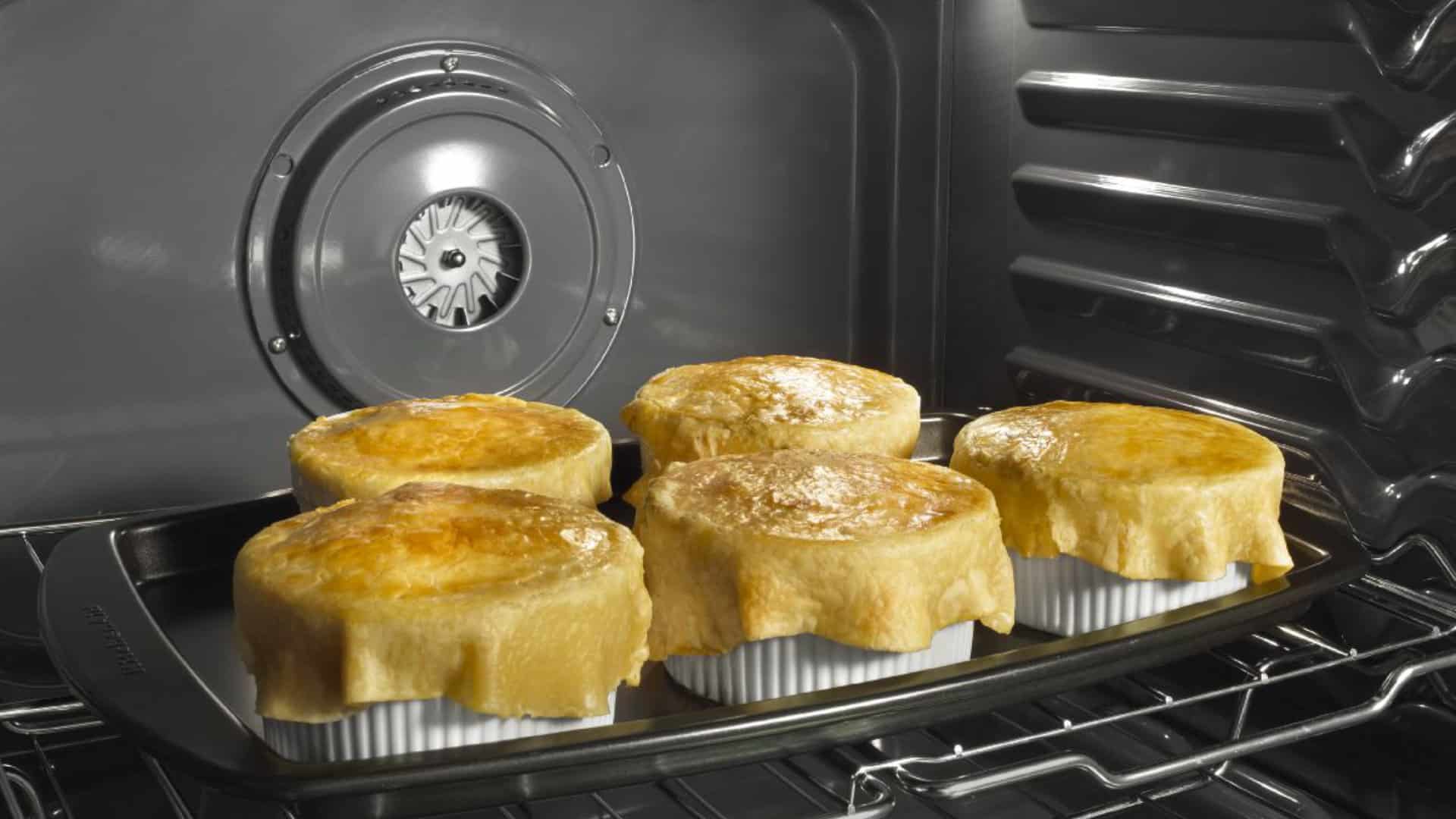
How to Fix Whirlpool Stove F9 Code
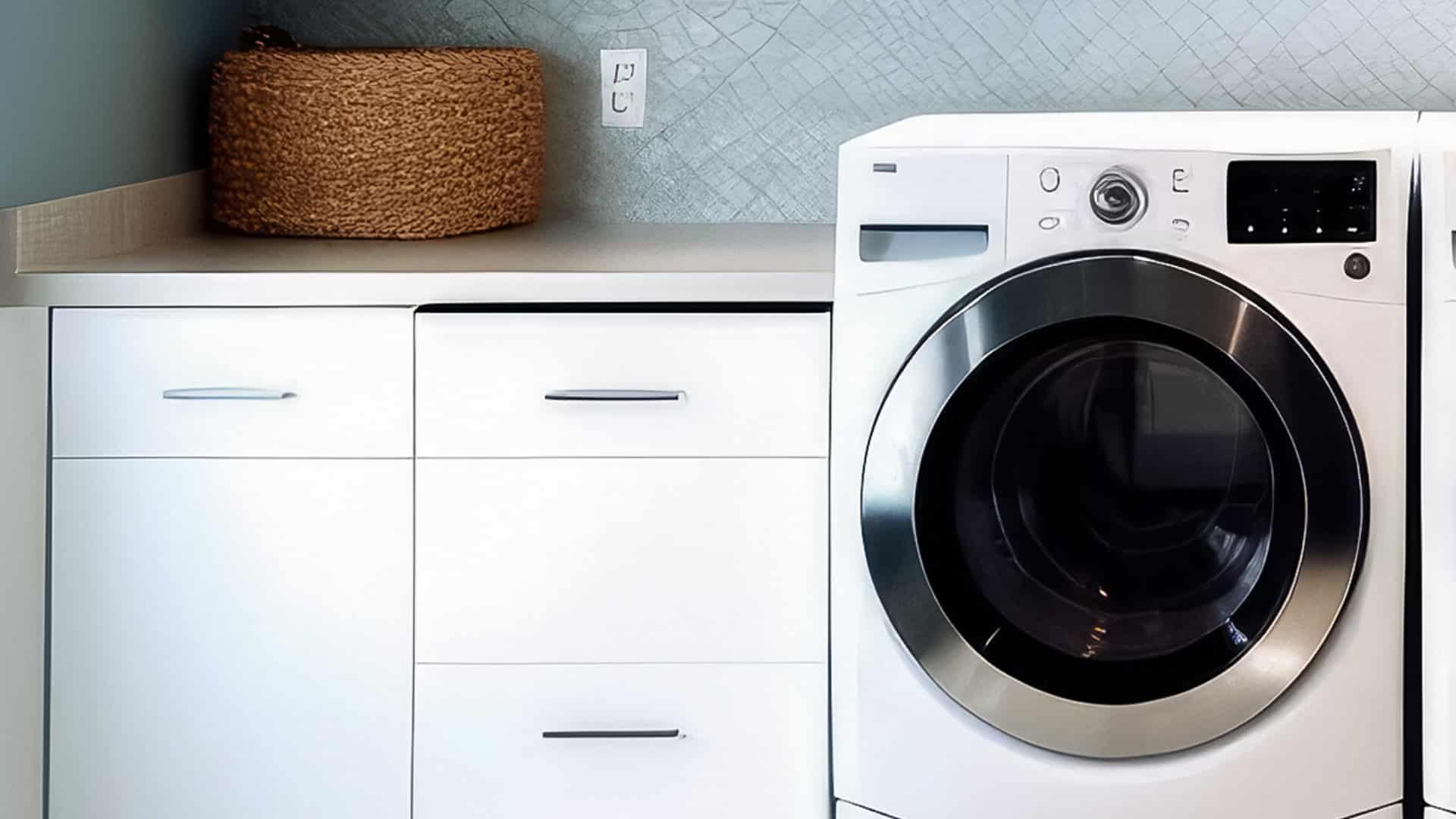
Fix Whirlpool Duet’s F20 Error Code

Freezer Working But Not Fridge? 5 Fixes

Speed Queen Washer Error Codes Explained
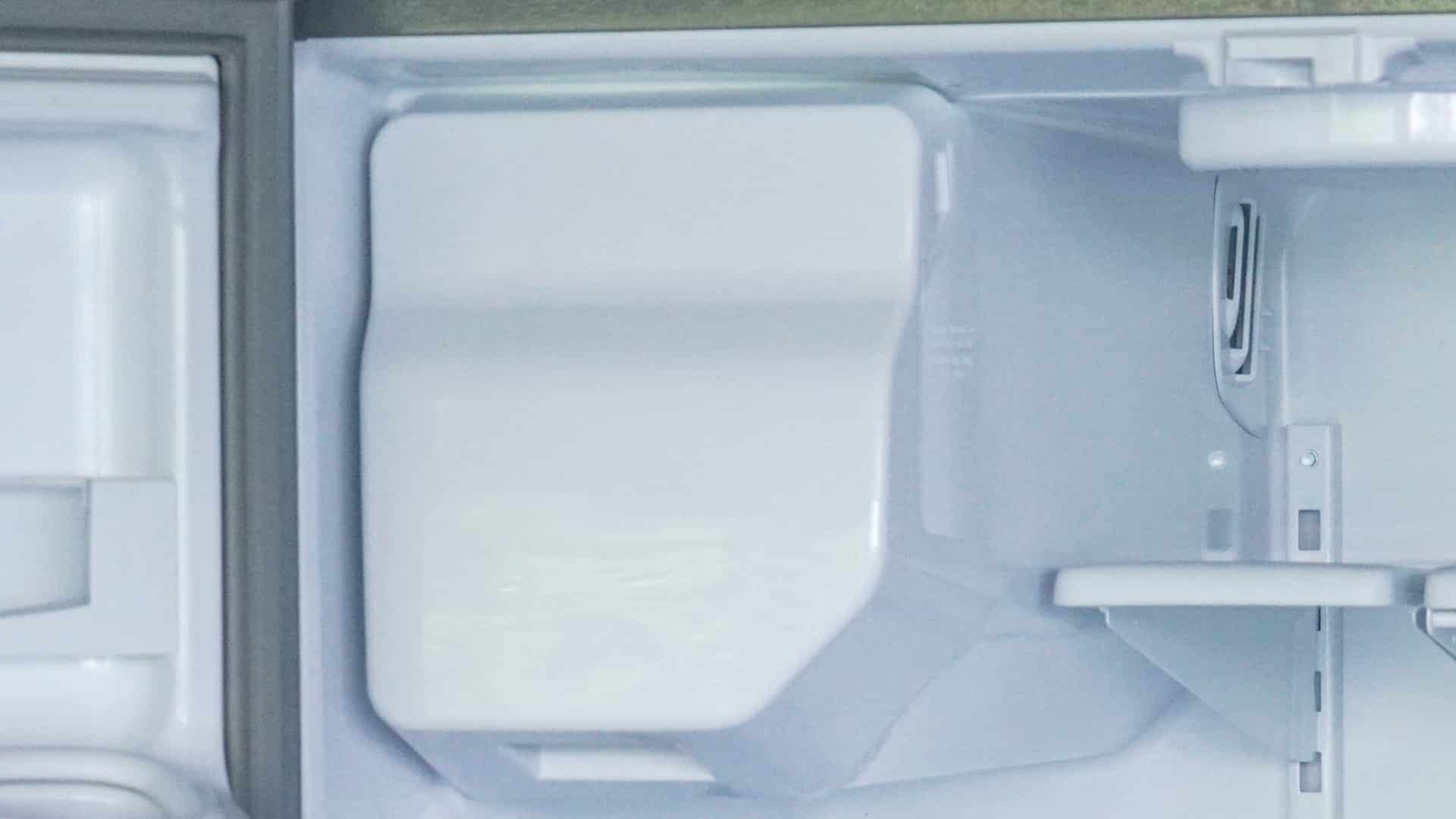
7 Reasons Why Your KitchenAid Ice Maker Isn’t Working

LG Oven F9 Error: Here’s How to Fix It
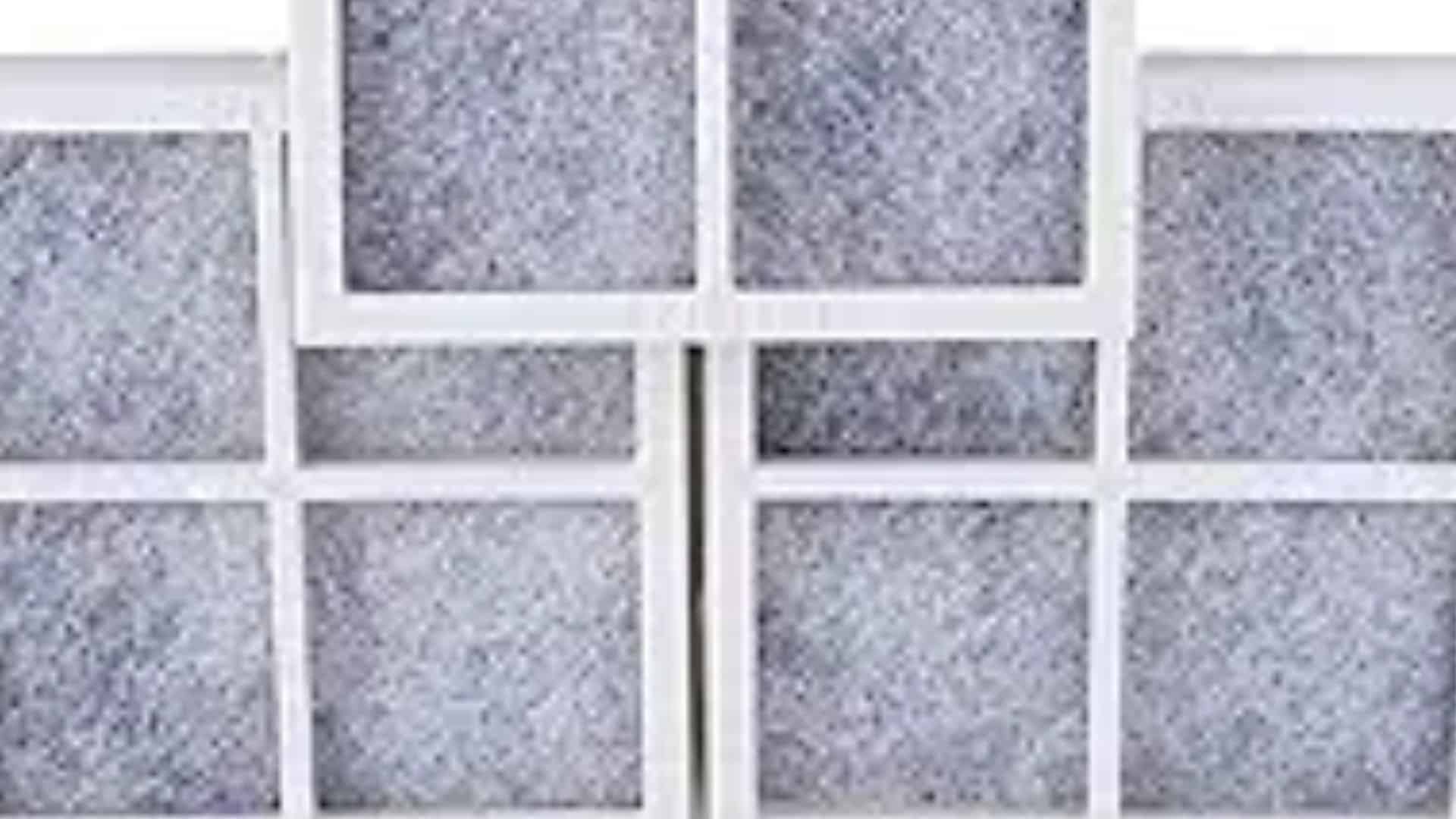
How to Replace an LG Refrigerator Air Filter

What Do Dryer Sheets Do?

How to Cook Corn on the Cob in the Microwave
